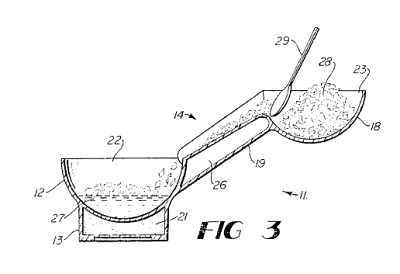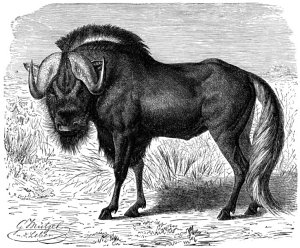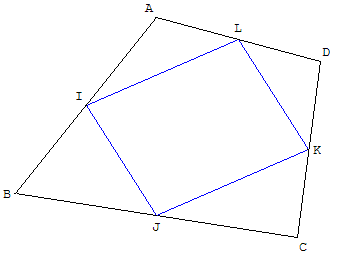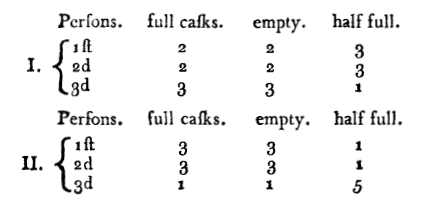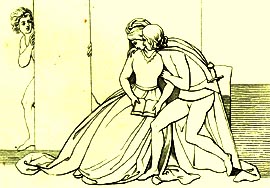Is a legal chess game possible in which all the pawns promote and each player has nine queens?
Yes — Freidrich Burchard of Germany and Friedrich Hariuc of Romania reached nearly identical solutions in 1980:
1. e4 f5 2. e5 Nf6 3. exf6 e5 4. g4 e4 5. Ne2 e3 6. Ng3 e2 7. h4 f4 8. h5 fxg3 9. h6 g5 10. Rh4 gxh4 11. g5 g2 12. g6 Bg7 13. hxg7 g1=Q 14. f4 h3 15. f5 h2 16. b4 a5 17. b5 a4 18. b6 a3 19. Bb2 Ra7 20. bxa7 axb2 21. a4 b5 22. a5 b4 23. a6 b3 24. c4 h1=Q 25. c5 h5 26. c6 Bb7 27. cxb7 c5 28. d4 c4 29. d5 Nc6 30. dxc6 c3 31. c7 c2 32. c8=Q c1=Q 33. b8=Q Qc7 34. a8=Q d5 35. a7 d4 36. Nc3 dxc3 37. Qa6 c2 38. Qa8b7 c1=Q 39. a8=Q Qd5 40. gxh8=Q+ Kd7 41. g7 bxa1=Q 42. g8=Q b2 43. f7 b1=Q 44. f8=Q h4 45. f6 h3 46. f7 h2 47. Qfa3 h1=Q 48. f8=Q exf1=Q+
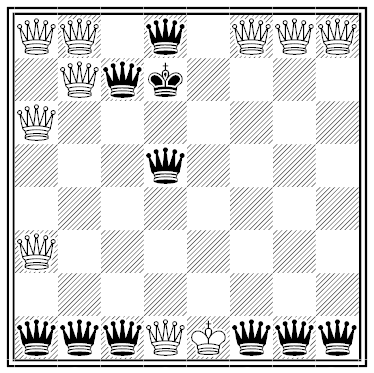
This may be the shortest possible such game.

